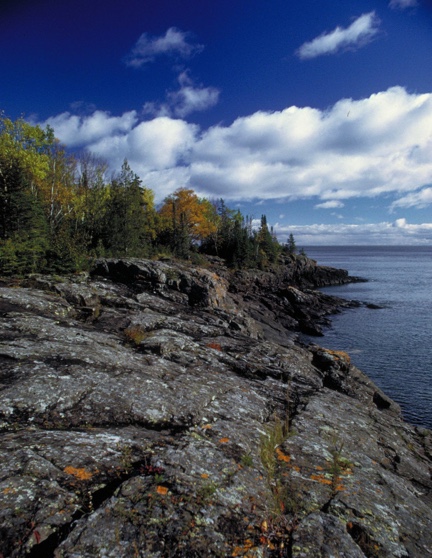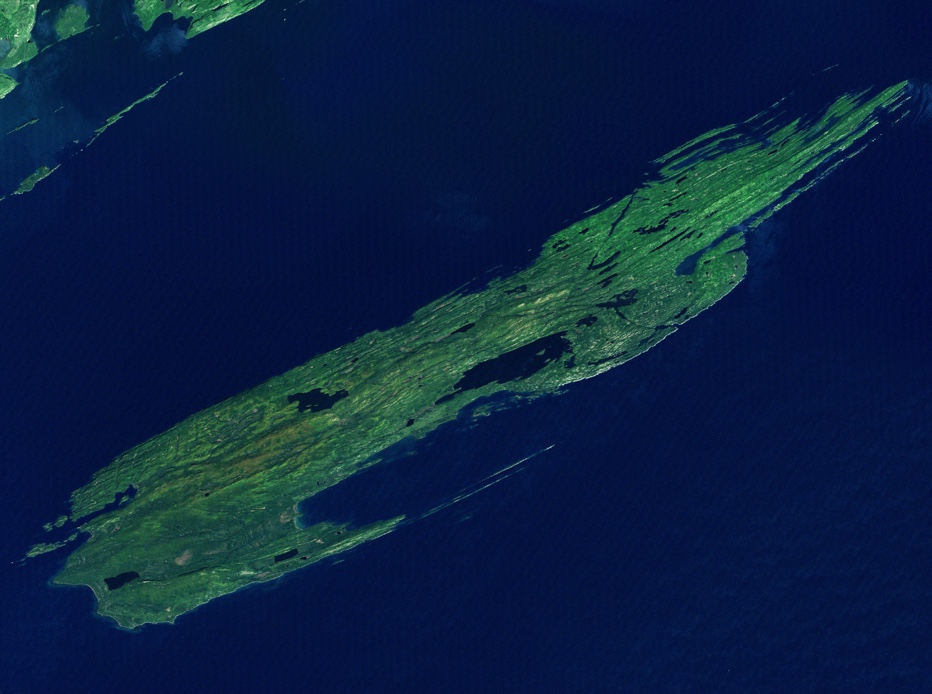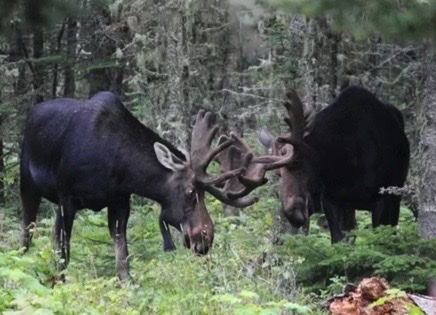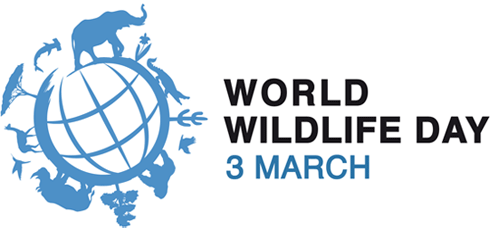It doesn’t make the list of the most visited national parks in the country. Heck it is hardly even in the country, closer to land in Canada than in the U.S. But among those who know and love our national parks most dearly, they all know that Isle Royale is someplace really special.

And so did Congress and President Hoover, when they authorized the creation of Isle Royale National Park on March 3, 1931, “to conserve a prime example of North Woods Wilderness.” Authorized is a key word here, because it took another nine years before the U.S. government could get the rudiments of park establishment finished—defining the boundaries, acquiring the land, that sort of thing. So, many people might say that the park wasn’t actually created until April 3, 1940. But you could go even farther, because the advent of Work War II put the park on the back-burner for several more years, until it was dedicated on August 27, 1946.
We should be very grateful that they kept at it, because Isle Royale is a real gem. The park consists of approximately 400 islands in the northwest corner of Lake Superior, officially in Michigan, but close to Minnesota and Ontario. The main island is Isle Royale itself, about 45 miles long and 9 miles wide at its widest. That makes the island the 4th largest island in a lake in the world (for you trivia fans).

Almost all of the park was declared a wilderness area in 1976. In many ways, the park doesn’t fit the definition of a wilderness area, because people—both Native Americans and later groups—have used the island for hundreds of years, for mining, logging and fishing and have left remnants of their use all around the island. But for nearly a century now, the park has been used for recreation and ecological preservation only—and that is what makes the place truly special. Fewer than 30,000 people visit each year, a remarkably low number for a “national park,” especially one in the eastern half of the U.S.

So, nature gets to do its thing without much interference from humans. And one story in the park is especially interesting and special: the moose-wolf predator-prey interaction. Moose and gray wolves both reached Isle Royale at various times in the early 20th Century, and because the moose is the primary prey of the gray wolf on the island, the changes in population numbers for both species is a natural, large-scale experiment that scientists have been watching since the 1950s. And the results have defied the simple models of predator-prey interactions that we all learned in introductory ecology class.
At Isle Royale National Park, nature calls the shots. Yea for nature!
References:
Global Alliance of National Parks. Isle Royale National Park. Available at: https://national-parks.org/united-states/isle-royale. Accessed March 2, 2022.
National Park Service History eLibrary. Isle Royale National Park. Available at: http://npshistory.com/publications/isro/index.htm. Accessed March 2, 2022.
Rock Harbor Lodge and Marina. Isle Royale National Park. Available at: https://www.rockharborlodge.com/isle-royale-national-park. Accessed March 2, 2022.
Scapino, Philip V. Isle Royale National Park: Balancing Human and Natural History in a Maritime Park. Available at: http://www.georgewright.org/282scarpino.pdf. Accessed March 2, 2022.

